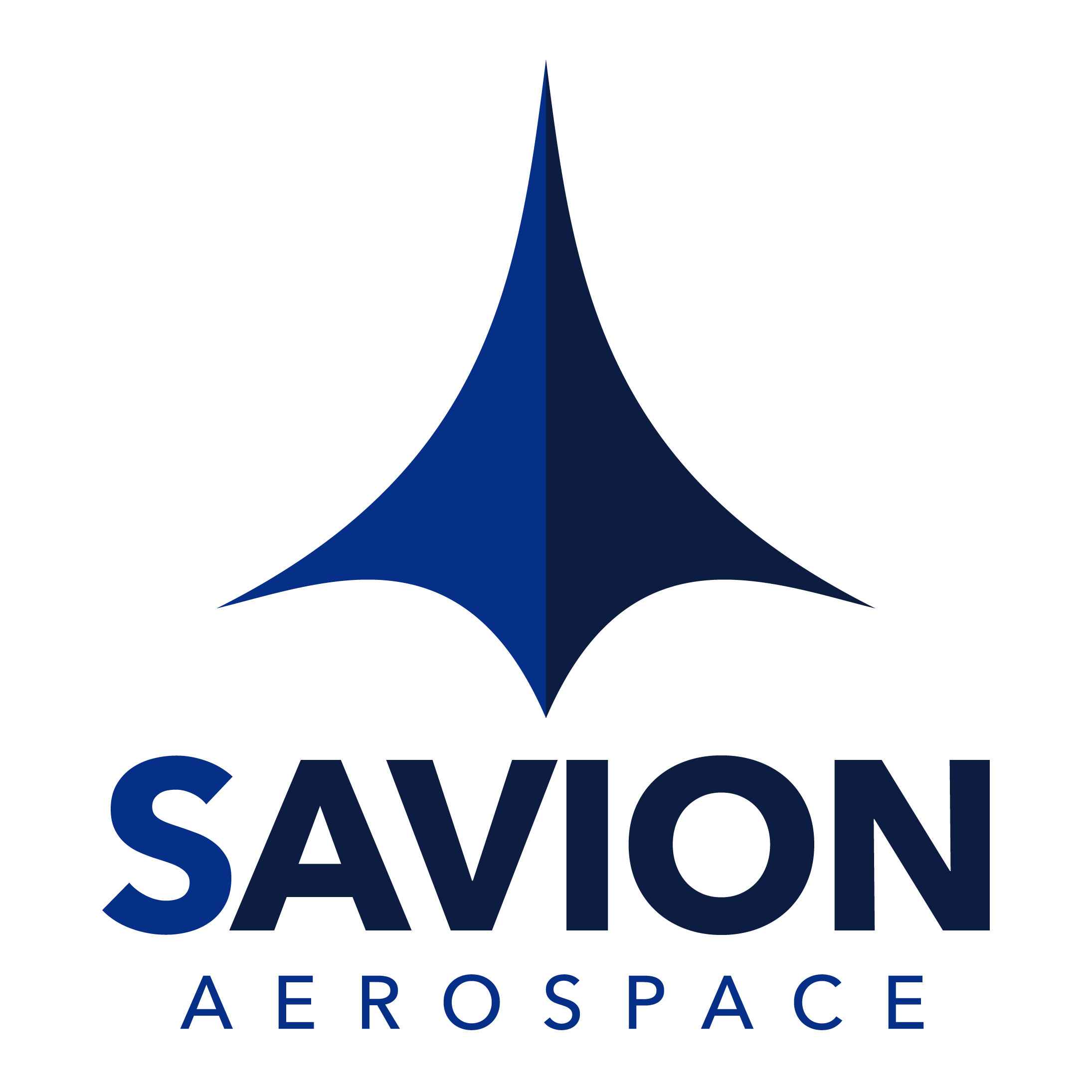Proprietary remote piloting system
backed by proven technology and informed by seasoned experts
Remotely-piloted jets have been safely operated in civilian airspace for over twenty years, with a public database of incidents and crashes. Savion’s approach has been to use this data to develop its own civilian-grade (Part 23 & Part 135) system to enhance safety, even beyond current manned light jets.
Savion’s chief pilot, Lauren Johnican, is a current airline pilot and an instructor for the most common remotely piloted jet, the Northrop Grumman RQ-4. Savion has leveraged her expertise to inform best practices and the level of redundancy necessary to maintain the highest safety standards for our passengers.
In-flight Logistics
Every detail of SavionJet’s remote-piloting system has been considered to maximize safety and passenger comfort. All SavionJets will be operated by a professional pilot under Part 135 standards. You can speak to your pilot via the central console in the aircraft, as well as a doctor and concierge for any needs you may have during the flight. The airplane has double the control and satellite redundancy found on jets its size to ensure there is no scenario where it cannot land safely.
The pilot is always in contact with air traffic control, and each SavionJet will be equipped with a radar that allows it to “see” other aircraft in bad weather, along with cameras to enhance low-visibility landings. Before you step on board, the SavionJet must pass the rigorous standards set by the FAA and ICAO for remote piloting in civilian airspace. To date, two other companies have already begun similar operations. Savion aims to be the first to do so with a jet carrying civilians.


